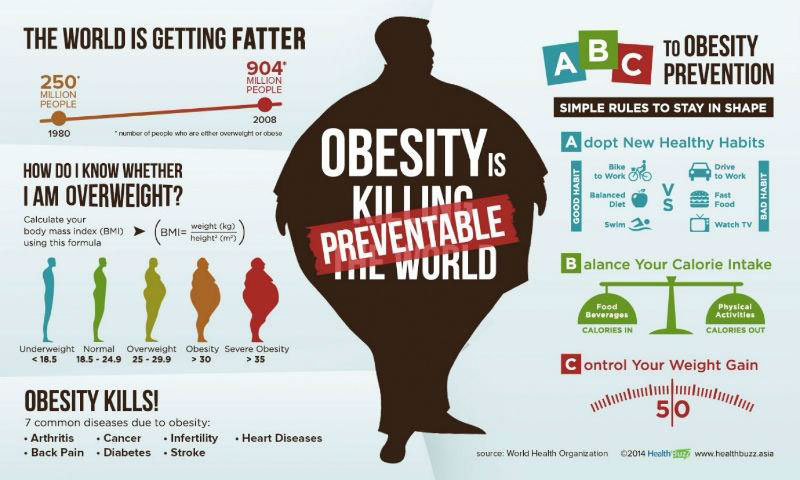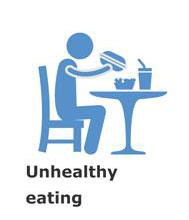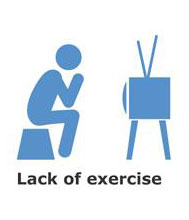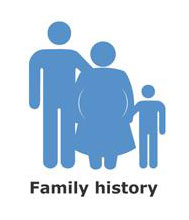Obesity & DM
Shaping your dream of a healthy body & aligning your future with today’s care.
There is a strong relationship between calorie intake and obesity. In India, the prevalence of obesity is increasing at a rapid pace and the rise in overweight and obesity, the prevalence of metabolic syndrome and type 2 diabetes mellitus (T2DM) is also increasing in India, and has reached epidemic proportions.

India has more than 65 million diabetics, second only to China worldwide (Data from International Diabetes Federation Atlas 2000–2013).
Obesity management can delay progression from prediabetes to type 2 diabetes and may be beneficial in the treatment of type 2 diabetes. In overweight and obese patients with type 2 diabetes, modest and sustained weight loss has been shown to improve glycaemic control and to reduce the need for glucose-lowering medications. In Asian Americans, the BMI cut-off points to define overweight and obesity are lower than in other populations. Providers should advise overweight and obese patients that higher BMIs increase the risk of CVD and all-cause mortality.
Indian BMI Cut off –
- 18.5 – 22.5 kg/ m2 = Normal
- 22.6 – 30.5 kg/ m2 = Overweight
- >30.6 kg/ m2 = Obesity
Thyroid & Obesity
Studies states childhood weight gain and obesity are associated with adult hypothyroidism and autoimmune thyroid disease in women.
But childhood obesity at 14 is associated with occurrence of adult hypothyroidism in both males and females.
The presence of thyroid dysfunction may affect diabetes control. Hyperthyroidism is typically associated with worsening glycaemic control and increased insulin requirements.
Hypothyroidism is accompanied by a variety of abnormalities in plasma lipid metabolism, including elevated triglyceride and low-density lipoprotein (LDL) cholesterol concentrations. Even subclinical hypothyroidism can exacerbate the coexisting dyslipidaemia commonly found in type 2 diabetes and further increase the risk of cardiovascular diseases.
Risk factor
- Family History of Overweight/ Obesity/ Thyroid disorders/ Diabetes Mellitus
- Present history of Diabetes Mellitus
- Sedentary/ Stressed lifestyle
- Unhealthy eating lifestyle



The goals for treatment of the obese diabetic patient involves glycaemic control and weight reduction.
Management
- Testing for prediabetes and type 2 diabetes should be considered in children and adolescents who are overweight or obese and who have two or more additional risk factors for diabetes.
- We obtain Body Fat Analysis which includes body fat, skeletal mass, lean body mass and hydration status with the help of KARADA SCAN.
- Assist in attaining glycaemic and weight control
- Judge each patient’s readiness to achieve weight loss and jointly determine weight loss goals and intervention strategies.
- Diet, physical activity, and behavioural therapy designed to achieve >5% weight loss should be prescribed for overweight and obese patients with type 2 diabetes ready to achieve weight loss.
- Individualized diet plan & taking consideration of eating patterns but differ in protein, carbohydrate, and fat content are equally effective in achieving weight loss.
- For patients programs should be prescribed with participation in high lev¬els of physical activity (200–300 min/week).
- Screening for depression, anxiety, disordered eating & diabetes distress using validated and appropriate measures.
- Screening for disordered or disrupted eating using validated screening measures when hyperglycaemia and weight loss are unexplained based on self-reported behaviour’s related to medication dosing, meal plan, and physical activity.

